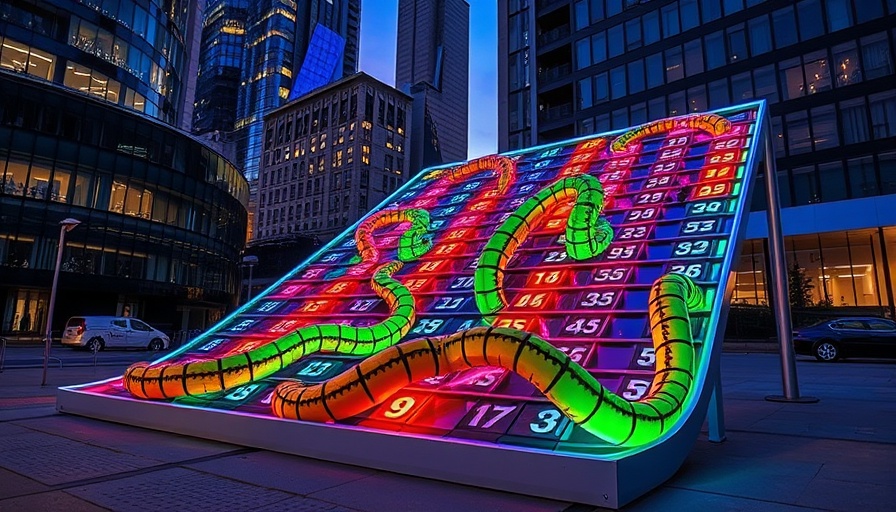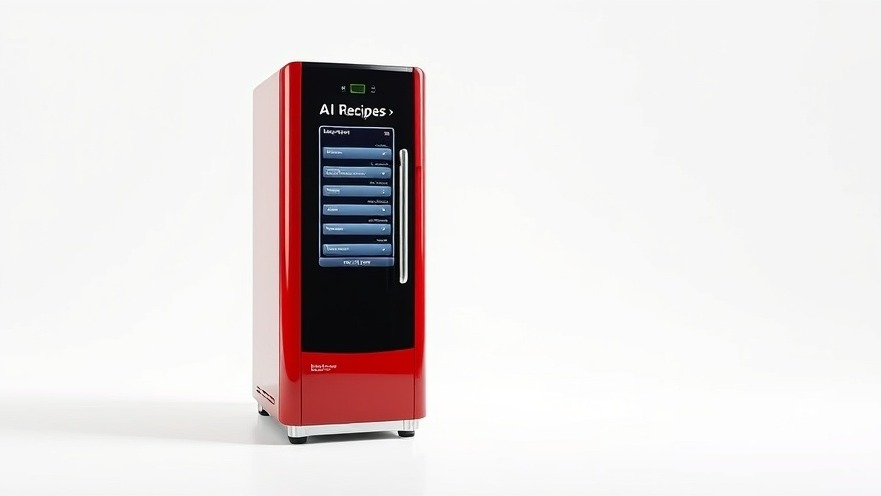
The Snakes and Ladders Metaphor: Life's Ups and Downs in Design
At the Louis Vuitton exhibit in collaboration with the Pompidou Center, a giant snakes and ladders board has emerged as a striking centerpiece. This artwork, crafted by celebrated designer Bijoy Jain, is more than just a playful installation; it serves as a poignant metaphor for life's journey—illustrating its unpredictability, challenges, and triumphs. For those, like digital nomads, navigating the intricate landscape of remote work, this installation provides a unique lens through which to reflect on their professional strides and setbacks.
Why This Board Matters to Remote Workers
For digital nomads, life is akin to a game of snakes and ladders. One moment, they're scaling the heights of productivity from a beachside café, and the next, they could be grappling with unforeseen challenges like unstable internet or managing workspace ergonomics in makeshift environments. The snakes symbolize hurdles such as distractions and burnout, while the ladders represent the tools and practices that elevate our work experience. Jain's board is not merely an art piece; it inspires us to embrace the fluidity of our careers while navigating these challenges.
Creating Your Own Snakes and Ladders Workspace
Just as the installation's vibrant colors beckon viewers to engage, so should your workspace inspire creativity and focus. Here are some strategies rooted in ergonomic principles that can help you maximize your remote work environment:
- Ergonomic Furniture: Invest in quality seating and adjustable desks that encourage movement. This can make a significant difference in your well-being, helping you avoid the 'snakes' of poor posture and discomfort.
- Personalized Environment: Decorate your workspace with items that motivate you, be it artwork that resonates or practical gadgets that simplify tasks. This infusion of personal touch can generate 'ladders' of inspiration that boost your productivity.
- Structured Breaks: Design a schedule that allows for regular breaks. Whether it's a quick stroll outside or stretch exercises at your desk, these pauses are essential for maintaining focus and reducing fatigue.
Beyond Workspace: The Emotional Connection
As you navigate your remote working reality, it's vital to recognize the emotional aspect intertwined with the physical workspace. Just like the snakes and ladders board, your experiences in a remote environment can swing from joyful peaks to steep declines. Creating an ergonomic workspace goes beyond comfort; it's about fostering an emotional landscape that allows you to thrive. Incorporating elements that reflect who you are can create a nurturing and supportive space, reducing the anxiety that comes with freelance and remote positions.
Lessons from Art: Bridging Creativity and Practicality
Art installations like that of Jain’s offer rich lessons for how we can view work and life. They remind us that creativity is a crucial component of our productivity. Embrace the artistic elements within your own workspace, such as mood boards or vision statements, which can serve as daily reminders of your goals and aspirations.
The Future of Workspaces: Trends to Watch
The modern workspace is evolving rapidly, as more people opt for remote arrangements. The lines between home and office continue to blur, and understanding the significance of a well-designed workspace is critical. We're likely to see an increase in customizable ergonomic solutions tailored for specific work styles. Future trends may integrate wellness features that focus on mental health alongside physical comfort, enabling remote workers to navigate their professional challenges effectively.
In conclusion, the snakes and ladders board is more than an artistic display; it's a reminder of the unpredictable nature of both life and work. For digital nomads eager to optimize their remote working experience, this metaphor rings profoundly true. By infusing your workspace with creativity, ergonomics, and emotional awareness, you can elevate your professional journey, making it not just bearable but enjoyable. As you embrace these principles, remember to cherish the journey and celebrate every victory.
As you reflect on your workspace setup, consider utilizing these ergonomic insights to create an environment that fosters efficiency and comfort. Your remote work journey deserves attention and care, and small adjustments can lead to substantial improvements in your everyday experience. Seize the opportunity to reshape how you work, drawing inspiration from the inventive designs around you.
 Add Row
Add Row  Add
Add 




Write A Comment